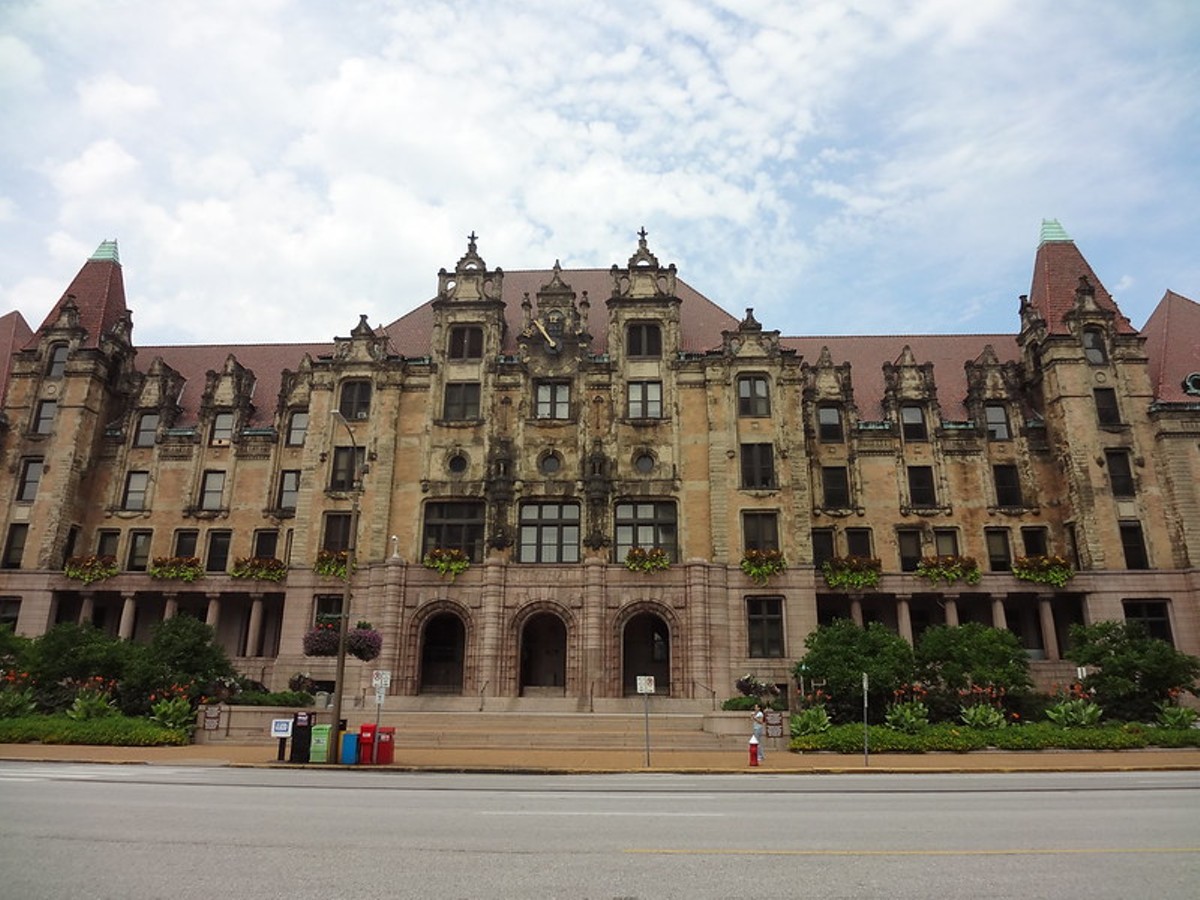St. Louis needs to find itself a fountain of youth.
The thought creeped into my aged mind when Mayor Lyda Krewson and County Executive Sam Page each released their lists of nine citizens who will convene as a Board of Freeholders to consider structural changes to the governance of the city and county. They will be joined by a nineteenth member — a resident of neither jurisdiction — to be appointed by the governor.
To cut to the chase, this group will be tasked with considering whether the city should reunite with St. Louis County in some fashion. This would correct a rather significant mistake — known as the Great Divorce of 1876 — which put in motion 143 years and counting of governmental dysfunction.
Yes, there are other options of consolidation and wonky things the freeholders can ponder. But the essential question is whether the city and county divide can somehow be bridged.
To the extent that boils blood on either side of the border wall, residents can be placated with the knowledge that it's all just advisory: The extent of the freeholders' power is to propose changes that must be approved, separately, by both city and county voters at the ballot box. Those who travel to Illinois to wager on a merger will find long odds on the prospect.
Still, this is about the future. It's about city and county relationships and governance in the decades ahead. It's the nerdish, local-governance equivalent of climate change. And that caused me to wonder about a question seldom asked in these parts: Where are all the young people when you need them?
I took it upon myself to use the arguably creepy tools available online to determine the ages of the eighteen individuals selected by Krewson and Page. The exercise was intended neither to second guess nor criticize their choices, but rather to confirm a suspicion I had, which is that we as a community aren't doing enough to involve young minds in planning our future.
Consider it confirmed. The average age of the eighteen people selected to plan the city-county future was 55.6 years old (58.2 years in the county, 53 years in the city). Most significantly, only two of the eighteen freeholders are younger than 40 and none are younger than 30, while two-thirds are 52 years or older.
Remember: This is about planning the future.
For perspective, grizzled Blues captain Alex Pietrangelo would have been the youngest freeholder had he been chosen. Even more grizzled Cardinals legend Yadier Molina would have been the second youngest.
I suspect neither was available, and to that point, all eighteen of the individuals participating should be commended for their willingness to donate their time — and endure what is certain to be a torrent of pressure and, in some cases, criticism and abuse — for an arguably thankless civic endeavor. Mine is an observation, not a criticism, and it's also tempered by an assumption that neither the mayor nor county executive were overwhelmed with applications from young people.
Still, I'm happy to speak from the comfort of my glass house. At 67, I'm older than all but three of the freeholders who I'm suggesting are collectively a bit too old. As I stated on our TV show Donnybrook, you can basically stick a fork in me.
On the other hand, I founded The Riverfront Times at the age of 24. Harkening back to my days as a young entrepreneur — and there were lots more like me — I think there's a role for people in their 20s and 30s, and I think today we're not doing enough as a region to tap into their talents and potential.
We need more young people at the table of movers and shakers. Based upon nothing more than a gut feel, I'm thinking that in growing places such as Austin, Orlando, Las Vegas, Nashville and the like, a group of people assembled to plan the future would not average nearly 56 years in age.
To be clear, there's an essential role for people with the experience and institutional memory that generally comes with age. A group of freeholders exclusively in their 20s and 30s would lack that experience. But the freeholders themselves aren't the issue: They'll do what they're going to do and hopefully advance at least some proposal for voters to consider.
But I think it's a teachable moment that we instinctively look to older perspectives when it comes to planning our future. It's a mindset that needs changing.
We in St. Louis need to start thinking younger. In particular, we need to embrace and activate the energy, enthusiasm, optimism and idealism of younger people in our midst. Yes, many young people are doing important things in politics and in entrepreneurship and activism — and when you look at areas like the Cortex and the Grove and Grand Center, you see all sorts of promise and enthusiasm, but when it comes to big-picture solutions, I get the sense that it's all about old differences and the way things have always been and will always be.
This is, for example, the sixth attempt to do something meaningful through a formal freeholders process, dating back to October 1926, when city voters supported annexation of the county by a whopping 7-to-1 margin. The much smaller St. Louis County, happily enjoying a lower-cost existence than the city (which with more than 770,000 residents was the sixth-largest in America at the time) said "no thanks" by a 2-to-1 margin of their own.
Indeed, the only time a freeholders process has been successful was when it resulted in the formation of the Metropolitan Sewer District in the 1950s. That was a good thing, to be sure, but if memories of that make you misty-eyed, you really are old.
But let's be clear about this much, regardless of age or any other demographic factors: St. Louis city and county really need to be open to change. The structural status quo is not working in either the city nor the county, and even if we're somehow able to take the baby step of ending the psychological barrier between city and county that literally can be traced back almost a century and a half ago, the freeholder process would be a significant landmark.
Then again, loving landmarks is a thing mostly for old guys like me, so maybe we can cast this in a different, younger light. Don't think of it as a merger, or re-entry or even a reunification.
Think of the need for a new, younger outlook for St. Louis. Yes, that's it: a new St. Louis. And if you really must have advice for an old codger, consider this one that's stuck with me since college:
I still don't trust anyone over 30.
Ray Hartmann founded the Riverfront Times in 1977. Contact him at [email protected] or catch him on St. Louis In the Know With Ray Hartmann and Jay Kanzler from 9 to 11 p.m. Monday thru Friday on KTRS (550 AM).






